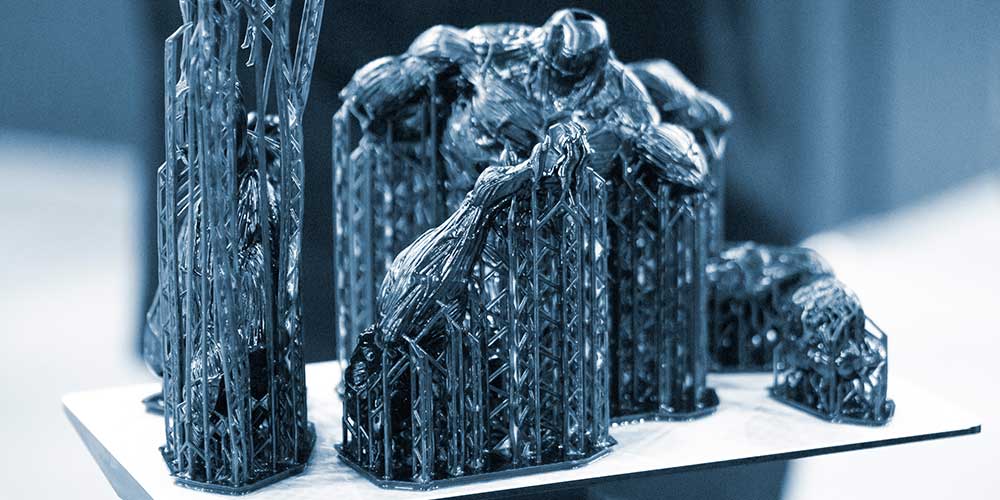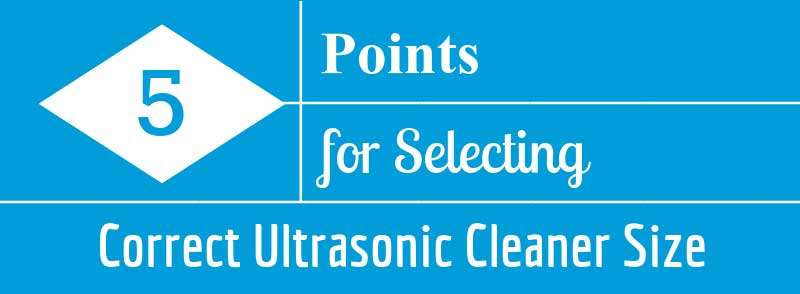Posts Tagged ‘ultrasonic parts cleaner’
Safe Cleaning Fine Mesh Lab Sieves
Lab sieves, according to Thomas Scientific, are essential tools for particle size analysis in various industries, including pharmaceuticals, chemicals, and construction. These sieves are designed to separate and classify particles by size, ensuring consistency and quality in your products and samples. Lab test sieves that include an NIST traceable calibration certificate , designed to meet…
Using Ultrasonic Cleaners to Remove 3D Printed Mold Supports
3D printing, encompassing technologies like fused deposition modeling (FDM) and fused filament fabrication (FFF), has revolutionized manufacturing by significantly reducing the cost and complexity of traditional molding techniques, such as lost wax casting. By utilizing compatible thermoplastic materials like ABS for the part and PLA for removable mold supports, 3D printing enables the rapid creation…
Selecting Ultrasonic Cleaner Size – 5 Key Points Consider
Ultrasonic parts cleaners are manufactured in a tremendous variety of sizes. By “size” we mean the dimensions and capacities of tanks in which ultrasonic parts cleaning is accomplished. For example the Elmasonic E Plus series is offered in 9 tank capacities from 0.25 to 7.5 gallons and the Select Series in 11 capacities from 0.7…



